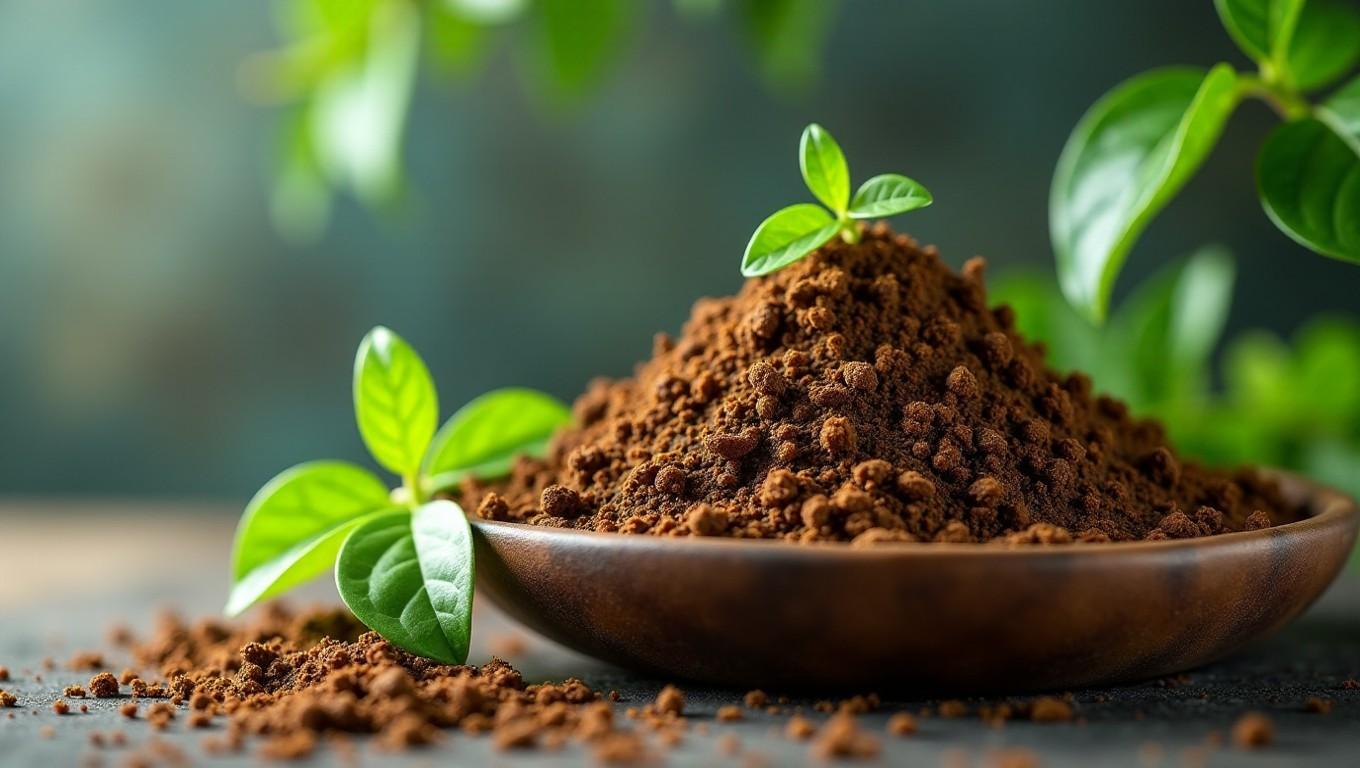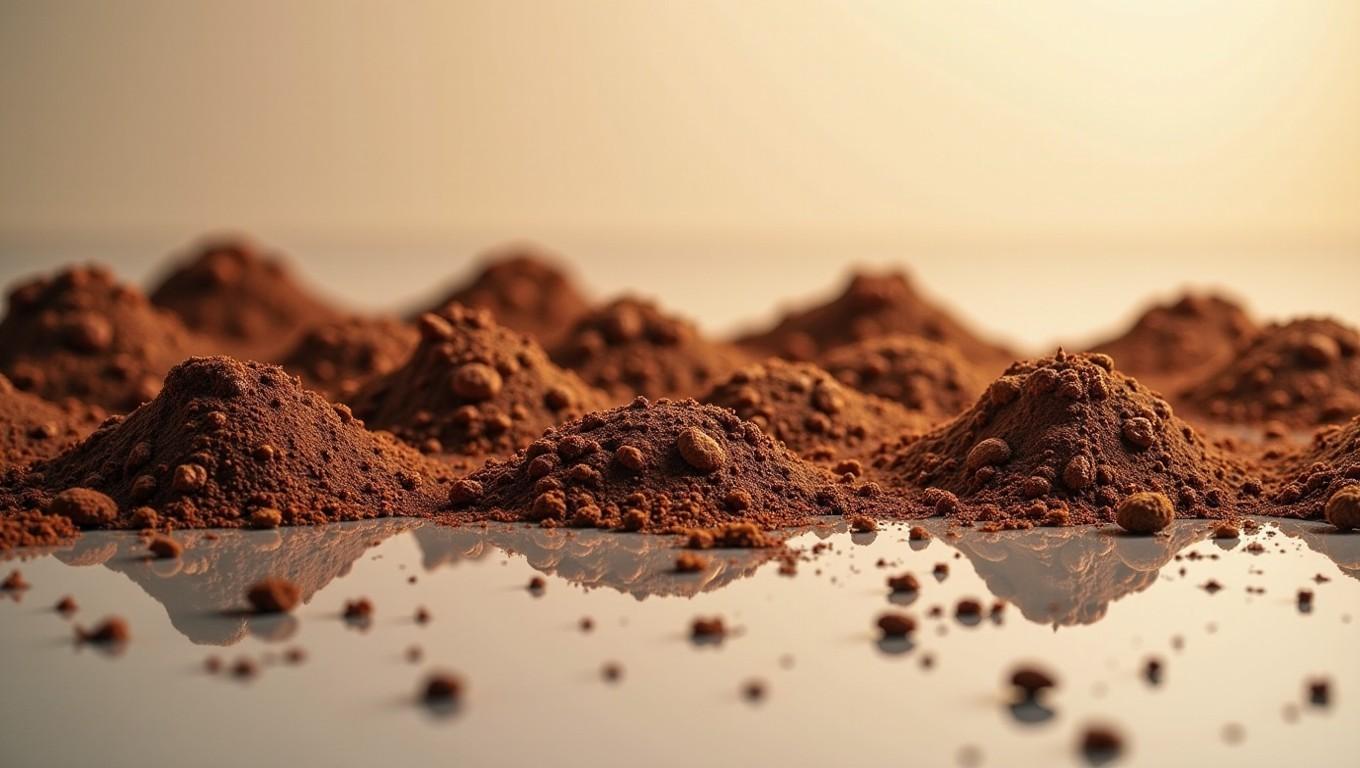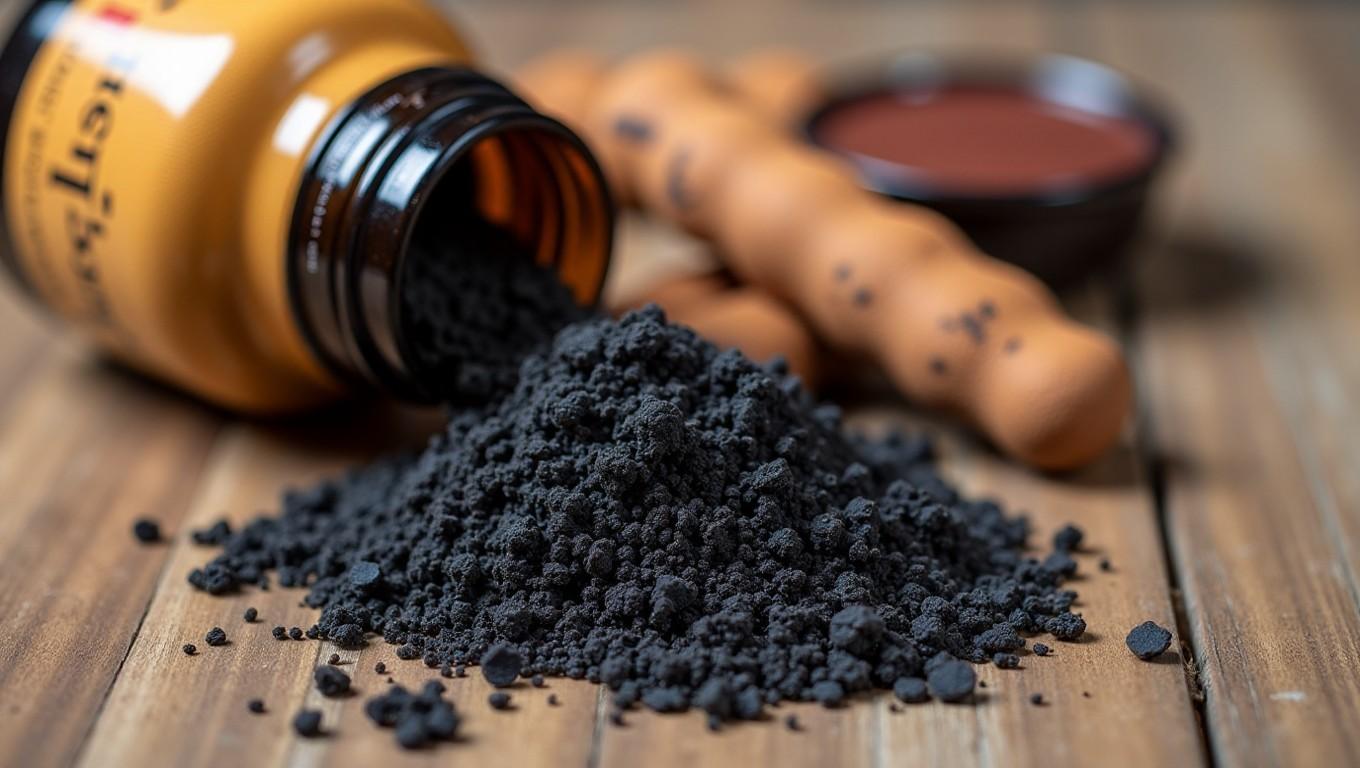Shilajit is a sticky, tar-like substance that is found primarily in the rocks of the Himalayan mountains. It develops over centuries from the slow decomposition of plants and contains a high concentration of fulvic acid and other beneficial compounds. Shilajit has been used in traditional Ayurvedic medicine for thousands of years as a rejuvenating substance. In recent years, modern scientific research has begun to uncover evidence for several potential health benefits of shilajit resin. This article will explore the top 7 science-backed health benefits of this unique natural substance.
1. May Help Prevent and Treat Alzheimer’s Disease
One of the most promising potential benefits of shilajit is its effects on cognitive health, particularly in relation to Alzheimer’s disease. Research has shown that the fulvic acid in shilajit may help prevent the accumulation of tau protein in the brain, a key marker of Alzheimer’s disease progression (source).
A 2012 study published in the International Journal of Alzheimer’s Disease found that fulvic acid in shilajit helped inhibit the aggregation of tau protein in vitro (source).
2. Boosts Testosterone and Male Fertility
Shilajit appears to have positive effects on male reproductive health. A clinical study in Andrologia (2016) showed that purified shilajit supplementation significantly increased testosterone levels in healthy men (source).
Another study published in 2010 in Andrologia found that shilajit supplementation improved sperm count, motility, and morphology in infertile men (source).
3. Reduces Inflammation and Joint Pain
The fulvic acid and other bioactive compounds in shilajit have demonstrated anti-inflammatory properties. A 2012 animal study published in the Journal of Ethnopharmacology confirmed that shilajit reduced inflammation markers in rheumatoid arthritis models (source).
4. Improves Heart Health
Shilajit may support cardiovascular health. A study published in the Journal of Cardiovascular Pharmacology (2014) showed cardioprotective effects in rats subjected to induced myocardial infarction (source).
Additionally, a 2003 human study suggested that shilajit helped improve lipid profiles by lowering cholesterol and triglycerides (source).
5. Enhances Energy and Reduces Fatigue
Shilajit has been used traditionally as an energy booster. A 2012 animal study in the Journal of Ethnopharmacology found that it reduced chronic fatigue symptoms by enhancing mitochondrial energy production (source).
6. Supports Bone Health
A 2022 study in Phytomedicine evaluated shilajit’s effects on bone mineral density in postmenopausal women and found significant improvements after 12 weeks of supplementation (source).
7. Alleviates Altitude Sickness
Shilajit has traditionally been used to counteract altitude sickness. Research published in the International Journal of Ayurveda Research highlights its potential role in reducing hypoxia and oxidative stress at high altitudes (source).
How to Use Shilajit Safely
Shilajit is available in several forms, including powder, liquid resin, and capsules. The typical recommended dosage is 300-500mg per day. It is crucial to use only purified products, as raw shilajit can contain heavy metals and contaminants (source).
Side effects are rare but may include digestive upset. Pregnant women, children, and individuals with specific medical conditions should consult a healthcare provider before use.
If you’re looking for a high-quality, purified option, check out the best Shilajit resin from Five Elementum.
| Benefit | Key Evidence |
|---|---|
| Alzheimer’s Prevention | Inhibits tau protein aggregation in vitro |
| Testosterone & Fertility | Increases testosterone and improves sperm parameters in clinical trials |
| Inflammation Relief | Reduces inflammation markers in animal studies |
| Cardiovascular Health | Improves lipid profiles and protects heart tissue in lab models |
| Energy Boosting | Reduces symptoms of chronic fatigue syndrome in rats |
| Bone Health Support | Increases bone mineral density in postmenopausal women with osteopenia |
| Altitude Sickness Relief | Potentially reduces hypoxia and oxidative stress at high altitudes |






